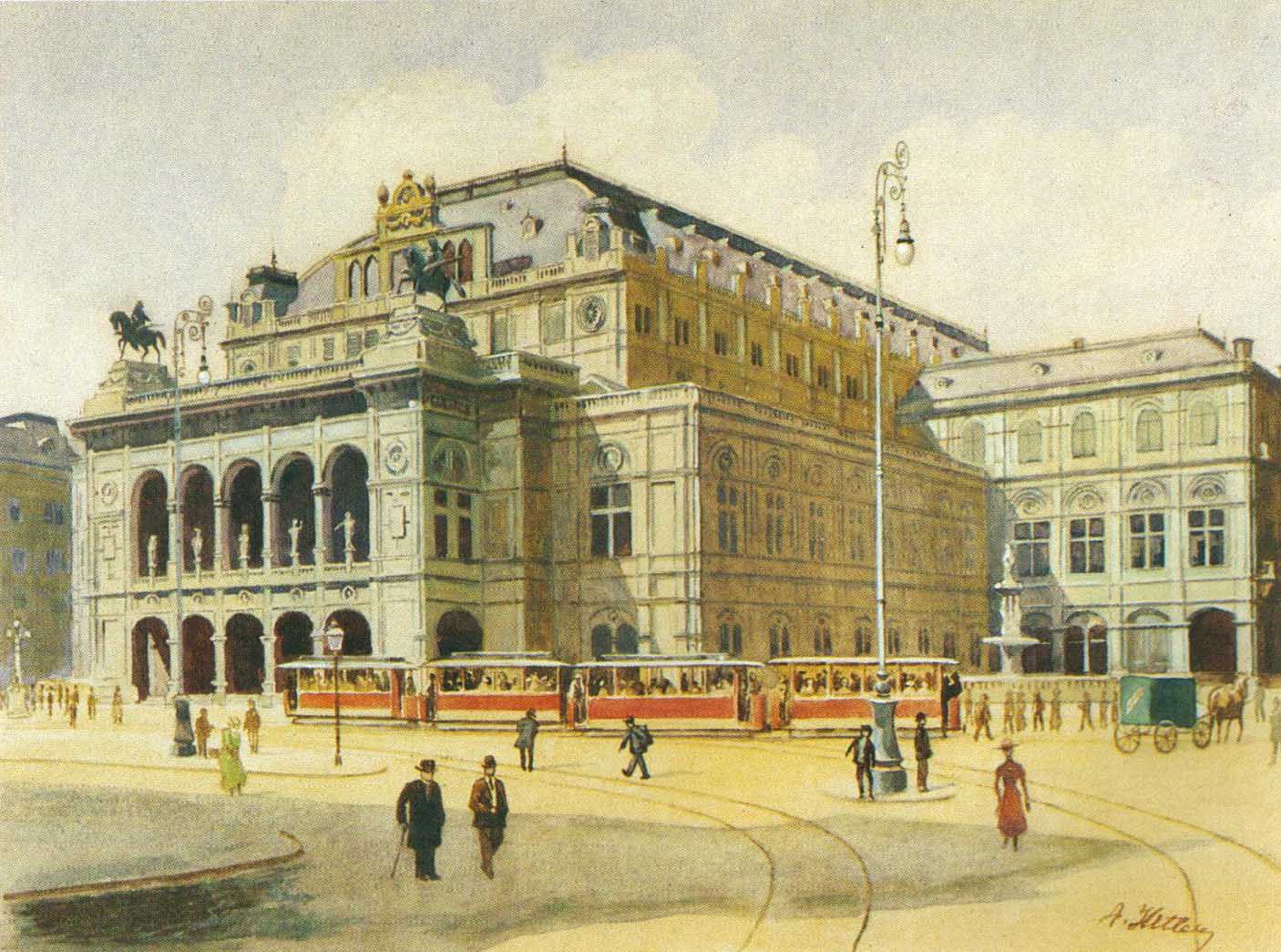In the XVIII century. the process of forming large architectural complexes was completed. The peculiar features of the ensemble development of these complexes are characterized by a new understanding of the connection of buildings with nature and the presence of high-rise structures in the ensemble.
Monasteries located on elevated places occupied a dominant position in relation to the surrounding area and were opened for viewing from afar. Built in the XVIII century. high bell towers and domes of churches, visible for tens of kilometers, served as a landmark, distinguished by the richness of the silhouette.
Complex construction works were undertaken to create terraces on the hills where the temple was located and from where picturesque views of the surrounding area opened. The flat location of the complexes favored the construction of the monastery walls of the correct configuration, approaching a rectangle.
Along with the development of these local features, one can see how in the XVIII century the St. Petersburg and Moscow methods of building palaces with services and regular parks were transferred to Ukraine.
Although the palace complexes did not have great urban planning significance, new urban planning ideas were outlined in their planning and compositional techniques. The composition of the palace, services and park is subordinated to the axis of symmetry, and the solution of the entire complex and even the city is subordinated to the location of the palace.
Thus, in the XVIII century. the symmetry of the composition of buildings and complexes was gradually introduced into the practice of planning and building Ukrainian cities; by the end of the XVIII century, it was developed during the construction of new cities in the south and large estates in the east of Ukraine.
In the XVIII century. in some cities and villages of Ukraine, a new type of industrial buildings was born, which subsequently acquired important urban planning significance. It is known that in the XVIII century. Ukraine was famous for the production of iron, potash, gunpowder, glass; cloth and sailcloth manufactory was successfully developing, special buildings were built for the largest enterprises. However, all these buildings have disappeared without a trace, and it is not possible to stop at their consideration.
In the XVIII century . Ukraine has made a significant step forward in the development of construction equipment. After a short break caused by the prohibition of Peter I of “any stone structure”, brick construction resumed on a large scale on the Left Bank and in Kiev. This new construction is marked not only by the development of new spatial compositions, but also by the improvement of already known structural systems and the improvement of the quality of bricks and brickwork.
The development of brick construction caused a change in the size of bricks and masonry techniques. Large block bricks of the XVI – XVII centuries are gradually being replaced by smaller bricks.
The use of the classical order in the buildings of Ukraine in the middle of the XVIII century required new materials and structures for the implementation of large cornices and the manufacture of capitals, metopes, triglyphs and keystones. For these purposes, large ceramic blocks were sometimes made, according to the profiles of cornices and capitals; some of them had dimensions of 80X80X10 cm and were connected to the brickwork with metal fasteners. The largest architects of that time — I. Shedel, A. Shedel – were engaged in the search for high-quality clays and the development of technology for the production of bricks and ceramic blocks. Kvasov et al .
